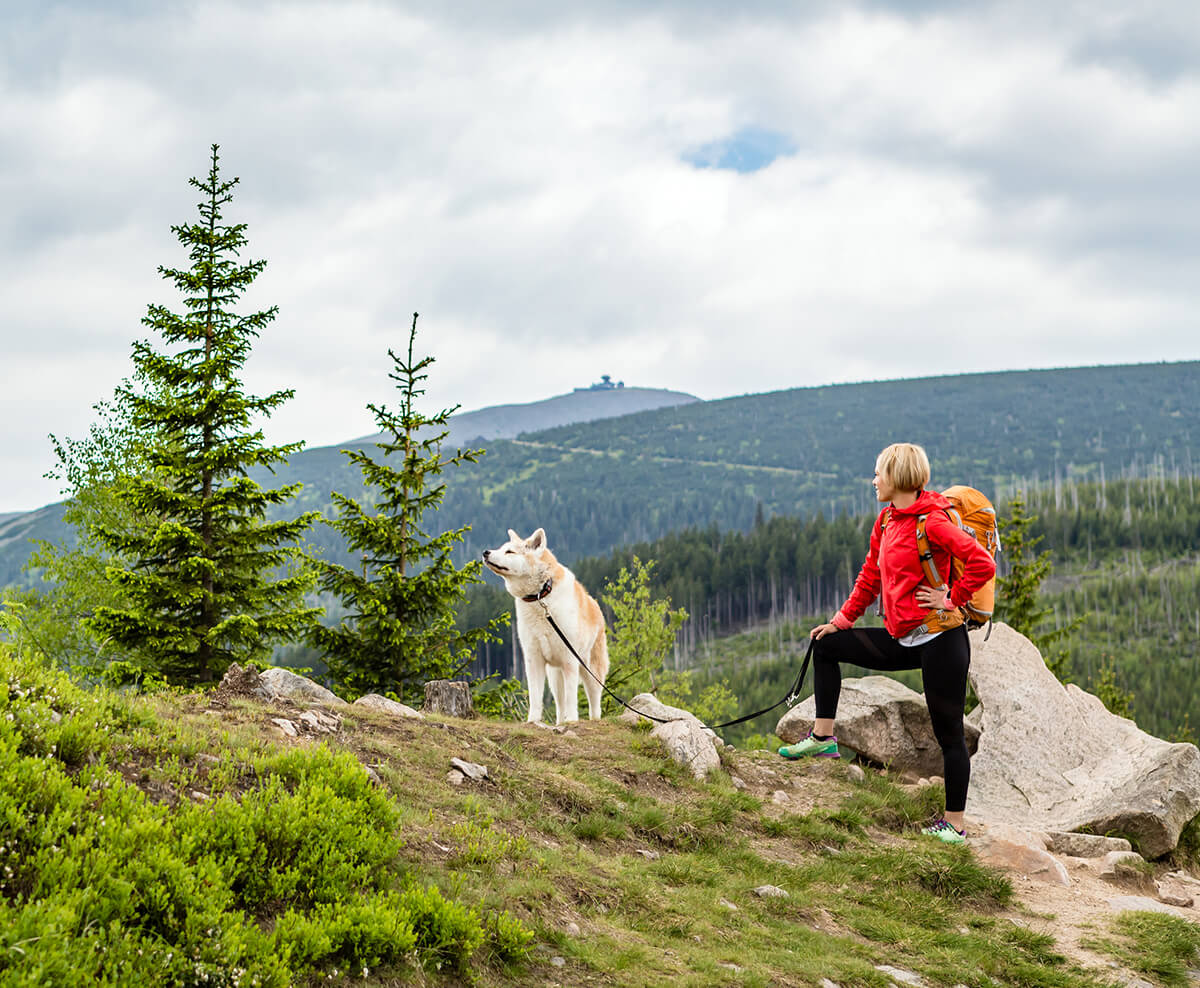Coping with Anxiety
Everyone experiences anxiety at some point in their life. We look around and “see” all these people who, on the outside, look really calm. And we assume that they aren’t anxious. And we feel alone. But anxiety is a daily experience for most people. Anxiety is not always felt as a negative or uncomfortable thing. And that’s because it isn’t always a negative thing. In some cases, it is even a necessary thing.
Anxiety is our body’s way of revving us up to get us going, kick us into gear, snuff out our fears, and attune to those things that are not good for us and get us out of dangerous situations. Read that again! The problem of anxiety begins when anxiety takes on a life of its own. It is then that we experience anxiety as uncomfortable or even scary. It feels out of place. And that’s because often it is out of place. Negative thinking, harshness with self, and fears related to things that aren’t actually in our control are common culprits. But we can’t just get rid of it. The harder we fight it, the bigger it tends to get. So, we have to learn to work with it. There are lots of ways to work with anxiety, not one panacea for all anxiety issues, and anxiety coping strategies are not one size fits all. Here are a few key ways to work with this uncomfortable anxiety.
Energy In- Energy Out
Anxiety has so much energy connected with it. It can come in like a volt of electricity, like when you just realize you forgot something, made a mistake, or were put on the spot. Or, it can sit and energetically fester as you feel your heart race and mind buzz for long periods of time.
Anxiety is energy, and moving the anxious energy out of your body is a critical piece of taming the anxiety. You can do this by moving the energy quickly or slowly. For example, get up and move, shake your arms out, take deep breaths, wiggle your body, make some noises that fit with the anxiety energy, exercise, go for a walk (fast or slow), do a slow movement exercise such as yoga, press firmly against a wall, slowly move your body and/or body parts around, breathe and find a good pace with your breath, slowly squeeze your muscles moving from muscle group to muscle group, or put your hands on your heart and belly while breathing.
Self-Talk and Anxiety Thoughts
As if the feeling of anxiety wasn’t bad enough, the anxiety brain often comes with it. Our anxiety brains are often not very kind to ourselves or others as it tries to take charge. Our thoughts will get into a feedback cycle with our body, and then both feed off each other, creating more anxiety. Have you noticed that when we receive kind and caring words from others when we’re anxious, it can really impact us? These softer interactions can slow down, change, or even stop our anxiety thoughts. And they can calm our anxious bodies and even slow down our heart rate!
When we are in social engagement with another person and that person says, “Hey, everything is going to be okay,” or “We can figure this out,” or “You just made a mistake, your human, you can let it go,” the anxiety can shift and often shift quickly. Of course, it’s harder to listen to our own brain to calm ourselves down than it is to listen to someone else, but it does work.
Self-talk has been proven over and over to be a determinate on how we feel, how we approach situations, and how we make choices. So what kind of self-talk do you give yourself? When you are on autopilot, do you think positively or negatively about yourself and others? Do you think hopefully or skeptically? Do you look at mistakes as something that never should have happened or as a part of life? Do you hold yourself to different standards and expectations than you do everyone else? Think about what that important person in your life would tell you and practice telling it to yourself, out loud when possible. Saying things out loud can slow our brain down and anchor the words further.
Choose the Anxiety Techniques That Make Sense to You
There are so many techniques out there, but regardless of the technique you use, in order to use it and have it work, it needs to make sense to you. You need to believe in it and what it does for you. Then you need to create the time and space to use the technique.
Many techniques only take about 30 seconds; others take much longer. Do you have a couple techniques in your pocket you can use when you only have 30 seconds and others when you have more time? Some people have techniques they use in the moment and others they use as part of their lifestyle. Think about which in-the-moment and lifestyle techniques you already use. Do you need to add or try out any more? There are techniques that work every time for us, and those that “fatigue” over time or don’t work in certain situations. Often, we need to mix it up. So, having a substantial tool box with a variety of tools is wise.
Anxiety can be so scary and disruptive to our lives. But it is also a part of a meaningful life. Some willingness, a little tweak in your thinking, and a few ways to release the energy can go a long way to taming anxiety. Try it!



